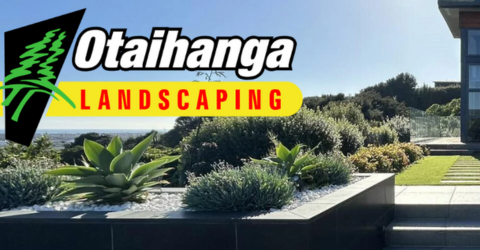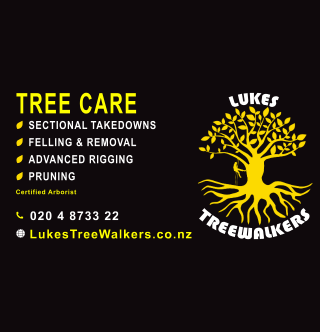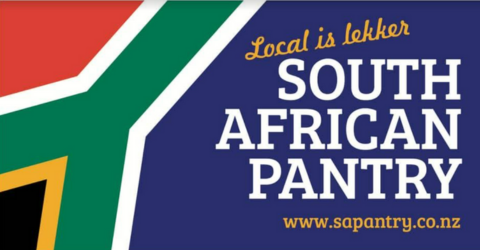About 300 submissions have been received on the most feasible options for a high quality public transport spine between Wellington Railway Station, Newtown and Kilbirnie.
Feedback was also provided by about 1000 members of the Regional Council’s and Wellington City Council’s Citizen Engagement Panels.
The three options people were asked to give their feedback about are: bus priority, bus rapid transit and light rail transit.
Bus priority involves more peak period bus lanes and priority traffic signals for buses along the Golden Mile and Kent/Cambridge Terrace around the Basin Reserve then along Adelaide Road to Newtown and through the bus tunnel to Kilbirnie.
Bus rapid transit involves a dedicated busway for modern, higher capacity buses separated from other traffic as much as possible long the Golden Mile, Kent/Cambridge Terrace and around the Basin Reserve then along Adelaide Road to Newtown and though the duplicated Mt Victoria tunnel to Kilbirnie.
Light rail involves new tram vehicles running on dedicated tracks along the Golden Mile, Kent/ Cambridge Terrace then around the Basin Reserve along Adelaide Road to Newtown and through a separate Mt Victoria tunnel to Kilbirnie.
Jane Davis, the Regional Council’s acting Chief Executive Officer, says both the submissions and the online panel feedback provide a good level of feedback.
A full summary of the submissions and the Engagement Panel feedback will be presented to the Public Transport Spine Hearings Sub-committee, which is likely to meet in December.
The Regional Transport Committee is expected to make a decision on the preferred option next year. This option will then be part of the region’s bid for transport funding over the next few years.
The Public Transport Spine Study was carried out to help determine the best future public transport solution for Wellington City one that is high quality, modern and meets the longer-term aspirations and demands of the city. It was commissioned jointly by Greater Wellington Regional Council, Wellington City Council and the NZ Transport Agency, and carried out by AECOM.
The organisations are working together to make sure that the public transport system that is agreed on fits with other transport developments planned for the city and region and Wellington’s economic goals.
The study started in August 2011 and was completed in June 2013.
You can get more information, including all the reports associated with the Study, at www.gw.govt.nz/ptspinestudy






















